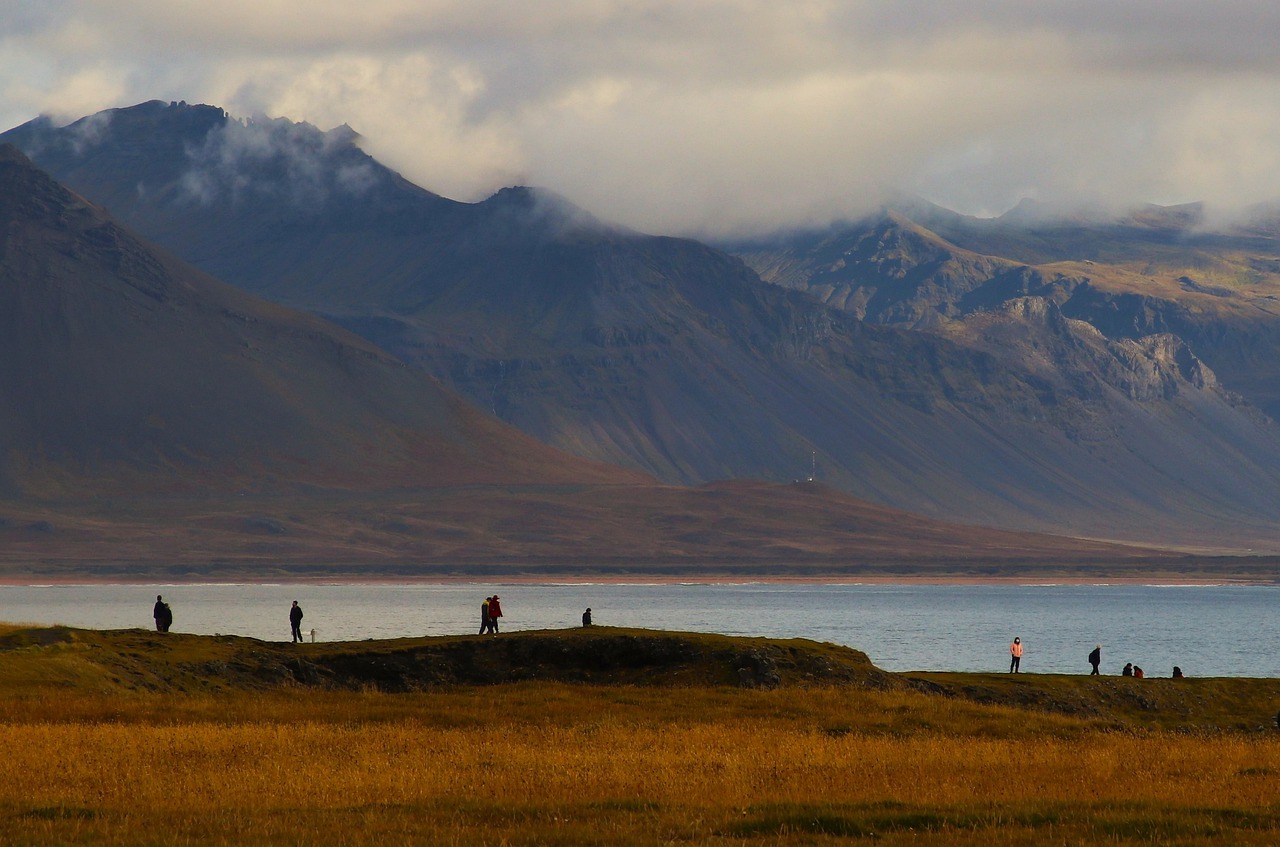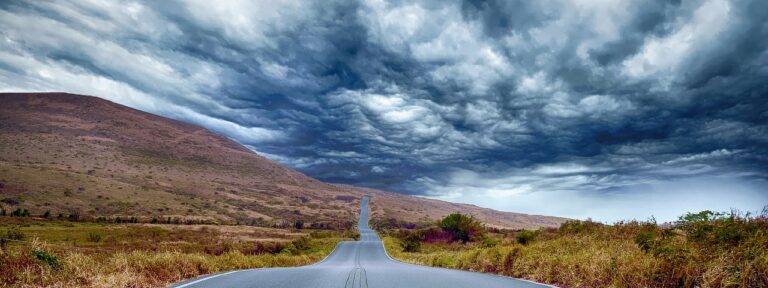The Emergence of Space Tourism: Commercial Spaceflights and Orbital Experiences
Space tourism is no longer a distant dream but a growing reality, with companies like SpaceX and Blue Origin spearheading the movement towards making space travel accessible to everyday civilians. The allure of experiencing weightlessness and witnessing the Earth from above is attracting a new wave of adventurers willing to pay the hefty price tag for a ticket to space.
As technology advances and costs decrease, space tourism is poised to become a booming industry in the coming years. From suborbital joy rides to trips orbiting the planet, the possibilities for space tourism are expanding rapidly, offering a glimpse into a future where space vacations could be as commonplace as a trip to the beach.
Key Players in the Space Tourism Industry
Virgin Galactic, founded by Richard Branson in 2004, is one of the pioneering companies in the space tourism industry. With its revolutionary suborbital spaceflights, Virgin Galactic aims to make space travel accessible to the general public. The company has made significant strides in developing its spaceplane, the VSS Unity, which has successfully completed multiple test flights.
Blue Origin, established by Amazon founder Jeff Bezos in 2000, is another major player in the space tourism sector. Blue Origin focuses on developing reusable rocket technology for suborbital and orbital spaceflights. The company’s New Shepard spacecraft has completed multiple successful test flights, demonstrating its potential to transport paying customers to the edge of space.
Challenges and Risks of Commercial Spaceflights
Commercial spaceflights present a myriad of challenges and risks that must be carefully addressed to ensure the safety and success of this burgeoning industry. One of the primary concerns is the unpredictable nature of space travel, where factors such as cosmic radiation, microgravity effects, and space debris pose significant threats to both passengers and spacecraft.
Additionally, the high cost of maintaining and operating space tourism vehicles presents a substantial barrier to entry for many potential customers. Ensuring the safety and reliability of these vehicles is paramount, as even small technical failures can have catastrophic consequences in the unforgiving environment of space. As the industry continues to grow and evolve, addressing these challenges will be crucial in shaping the future of commercial spaceflight.
What are some of the major challenges faced in commercial spaceflights?
Some of the major challenges include high costs of development and operation, regulatory hurdles, technical difficulties, and ensuring passenger safety.
How do commercial spaceflight companies address the risks involved in space tourism?
Commercial spaceflight companies conduct rigorous testing, implement safety protocols, and work closely with regulatory agencies to mitigate risks and ensure passenger safety.
Are there any specific risks associated with space tourism that passengers should be aware of?
Yes, passengers should be aware of potential risks such as G-forces during launch and re-entry, space debris, and the effects of microgravity on the human body.
What measures are in place to ensure the safety of passengers during commercial spaceflights?
Safety measures include thorough training for passengers, emergency procedures, redundant systems in place, and continuous monitoring of the spacecraft during the flight.
How do space tourism companies prepare for emergencies that may arise during a commercial spaceflight?
Space tourism companies have emergency response plans in place, conduct simulations of various scenarios, and have trained personnel on board to handle any emergencies that may occur.





